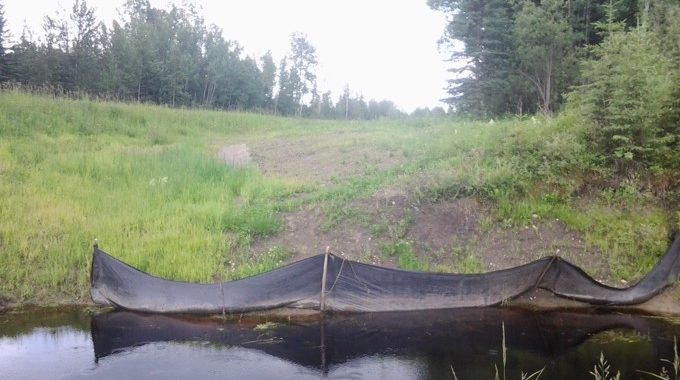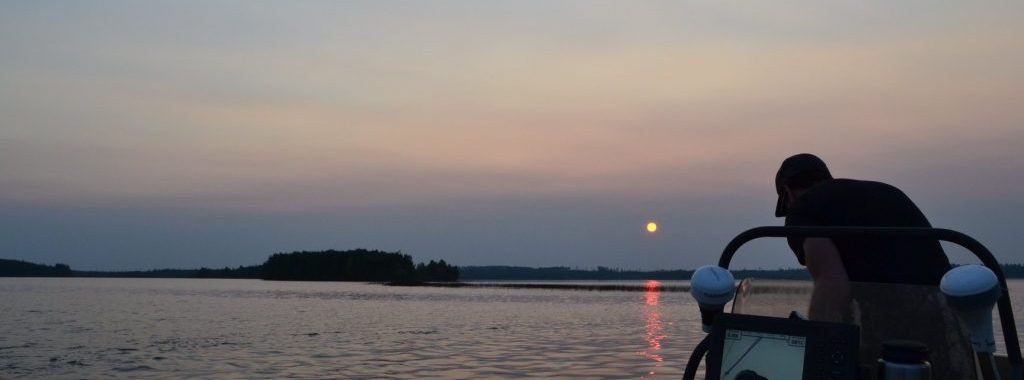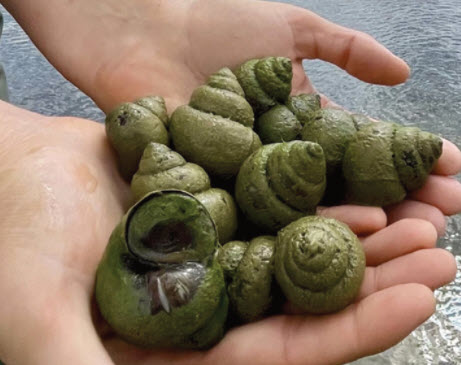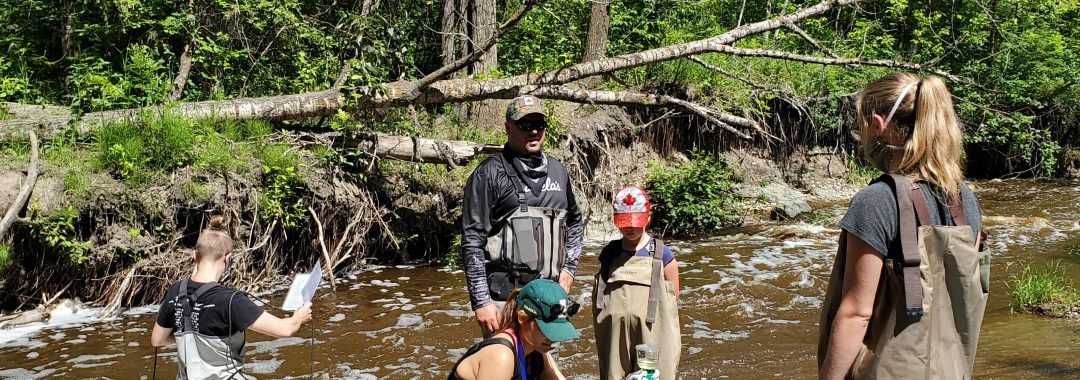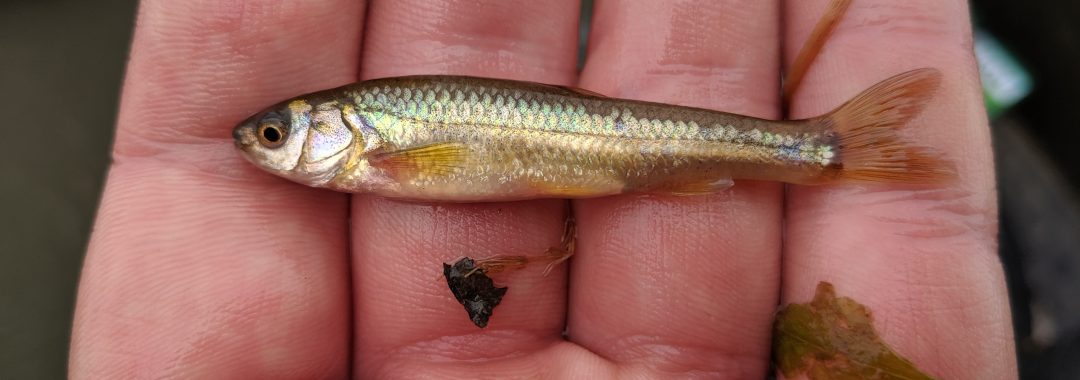Abstract:
Mercury (Hg) and arsenic (As) contamination of fish may limit its human consumption whereas selenium (Se) can potentially protect fish and consumers from their adverse effects. We related the concentrations of these elements in Canadian freshwater fish to anthropogenic activities and ecozones and compared these concentrations to risk assessment thresholds. Mercury concentrations exceeded the retail fish Canadian threshold (0.5 ppm) in 31% of all Walleye; this proportion rose to 64% in reservoirs. Reservoirs and lakes impacted by logging and urbanization presented higher fish [Hg] than other impacted systems. In mining areas, fish [Hg] were low and negatively correlated with [Se]. Se and As concentrations exceeded Canadian guidelines in 5 and 0.2% of all fish, respectively. A previously unreported negative relationship between mean [As] and [Hg] suggested an inverse consumption risk for these two elements. The ratio Se/Hg was lower than 1 for 14% of all fish and was negatively correlated with fish length. No major differences were seen among fish lengths that reached the Hg guideline and the Se/Hg threshold of 1. Using the benefit-risk value (BRV) threshold that considers Se intake, there were no limit to fish consumption. More studies are needed to assess the role of Se against Hg toxicity and adjust fish consumption guidelines accordingly.
Citation: Ponton D.E., Ruelas-Inzunza J., Lavoie R., Lescord G.L., Johnston T.A., Graydon J.A., Reichert, M., Donadt C., Poesch M.S., Gunn, J.A., and M. Amyot. (2022) Mercury, selenium and arsenic concentrations in Canadian freshwater fish and a perspective on human consumption intake and risk. Journal of Hazardous Materials Advances 6: 100060.
Also Read:
*Lab members: Caitylyn Donadt and Mark Poesch. Check out opportunities in the lab!


